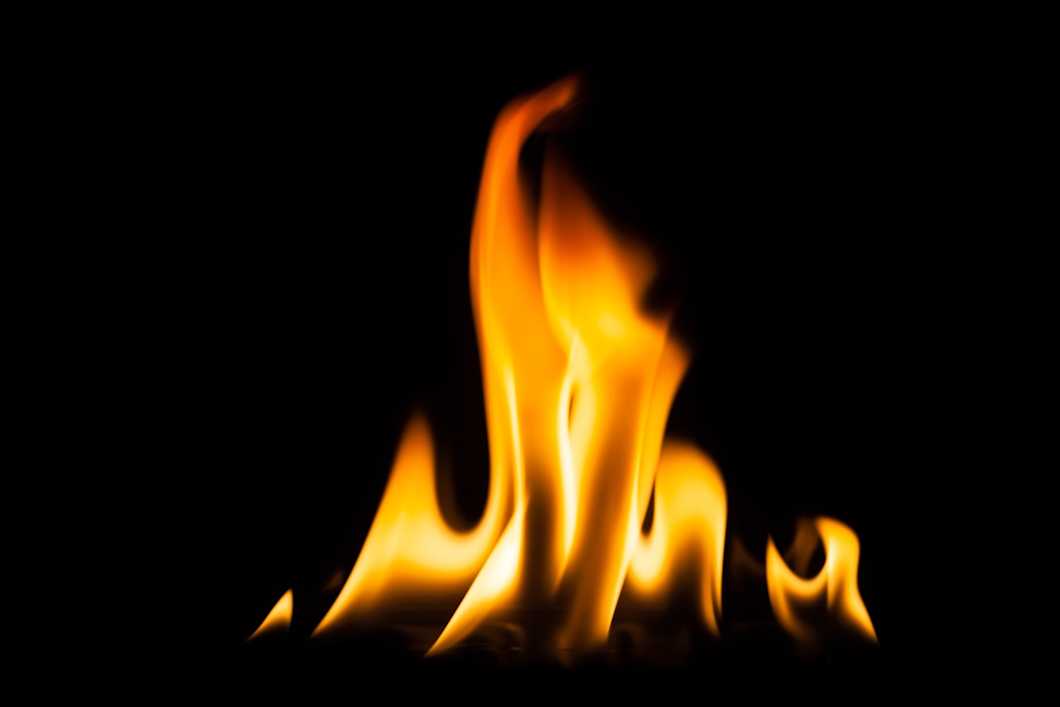Atomic absorption spectroscopy
Atomic absorption spectroscopy (AAS) is a versatile and cost-efficient method for quantifying metallic elements. Nonetheless, the popularity of AAS as a contaminant analysis technique has declined in recent years with the wide accessibility of ICP-based methods, which enable simultaneous multielement analysis.

Some of our elemental analysis services
Elemental analysis of geological sample with ICP-MS (aqua regia digestion)
Elemental analysis of geological samples with ICP-MS (four acid digestion)
Elemental analysis of paper and biomass with ICP method
Elemental analysis of solid and liquid samples with XRF
Elemental analysis of solvent with ICP-MS
Spark-OES analysis for metals & alloys
Elemental analysis of water with ICP-MS and AFS
Elemental analysis of soil, sludge, and sediment with ICP-OES
Prices excluding VAT.
What is AAS used for?
Atomic absorption spectroscopy is used in both food and pharmaceutical industries to detect toxic heavy metals in consumer products. It can also be used to perform environmental analyses, including pollution monitoring and water analysis to determine mineral content. In mining and geological studies, AAS is used to characterize ore and mineral samples to help identify the amounts of valuable metals within the rock.
How does atomic absorption spectroscopy work?
Atomic absorption spectroscopy is based on the unique property of atoms to absorb specific wavelengths of light. AAS analysis begins with the vaporization of the sample, generally by a flame, which breaks the sample down into atoms. A light source with a wavelength specific to the element of interest is then directed at the sample, the amount of absorbed light measured, and the amount of the element calculated based on the result. If several elements are to be quantified, the process has to be repeated with a different wavelength light source for each element.
Sample requirements and preparation
AAS samples must be in a form where they can be easily dispersed as an aerosol. This usually means they need to be in a solution, requiring solid samples to be dissolved in a suitable solvent before analysis. Larger samples may require further breaking apart or grinding to ensure easy dissolution.
Advantages of using AAS
The primary advantage of AAS analysis is that it is a relatively straightforward analytical technique that can be performed quickly and at a low cost. It is also highly accurate and provides high sensitivity, being able to detect metallic elements in small quantities. Its detection limit is not quite as low as that of atomic fluorescence spectroscopy, however, which makes the latter better suited for detecting contaminants at trace levels.
Limitations of AAS analysis
AAS cannot offer information regarding chemical structure, chirality, or any other non-elemental analysis. Furthermore, due to the way they interact with light, most non-metals cannot be readily detected through AAS.
The sample must either be in the form of a liquid or be dissolved before analysis, which may limit the method’s usage with certain insoluble compounds. AAS is also a destructive technique, so any sample is broken down during atomization and cannot be recovered post-analysis. As only one element at a time can be detected, this means that relatively large sample volumes are needed for multielement analysis.
Due to these disadvantages, AAS is not as commonly used today as it was in the past. More common contemporary elemental analysis methods include ICP-OES and ICP-MS.
Need analysis services?
If you are interested in atomic absorption spectroscopy or other ways to determine the elemental makeup of a sample, do not hesitate to contact our experts using the form below. More than 1,000 companies have already chosen Measurlabs as their testing partner for accurate results and dependable service, for everything from routine analyses to large research projects covering hundreds of samples.
Method Expert
Suitable sample matrices
- Aqueous solutions
- Mineral solutions
- Water samples
- Pharmaceuticals
Ideal uses of AAS analysis
- Environmental testing
- Food and drink analysis
- Forensic analysis
- Toxicology
Ask for an offer
Fill in the form, and we'll reply in one business day.
Have questions or need help? Email us at info@measurlabs.com or call our sales team.
Frequently asked questions
Common applications of atomic absorption spectroscopy include the detection of impurities in food and pharmaceutical products, the determination of pollutants in water, and the detection of precious metals in ore.
Only metallic elements can be detected with AAS. Analysis of solid samples is also complicated by the need to dissolve samples in a suitable solvent.
Measurlabs offers a variety of laboratory analyses for product developers and quality managers. We perform some of the analyses in our own lab, but mostly we outsource them to carefully selected partner laboratories. This way we can send each sample to the lab that is best suited for the purpose, and offer high-quality analyses with more than a thousand different methods to our clients.
When you contact us through our contact form or by email, one of our specialists will take ownership of your case and answer your query. You get an offer with all the necessary details about the analysis, and can send your samples to the indicated address. We will then take care of sending your samples to the correct laboratories and write a clear report on the results for you.
Samples are usually delivered to our laboratory via courier. Contact us for further details before sending samples.
